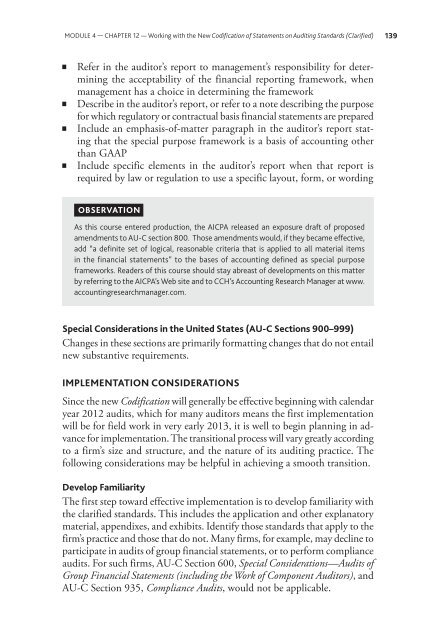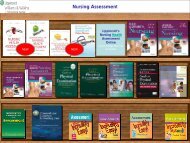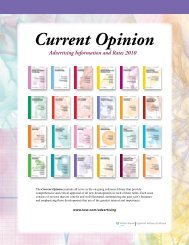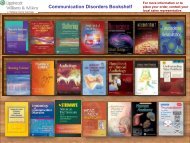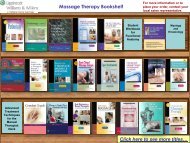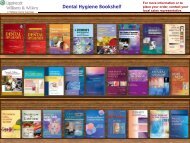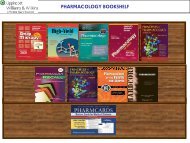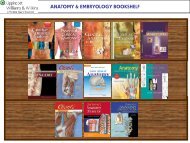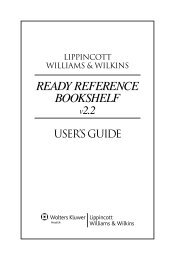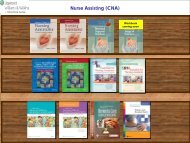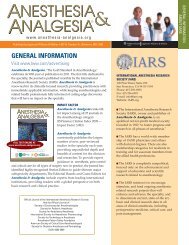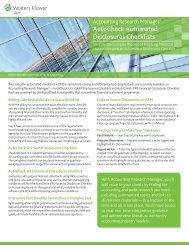TOP AUDITING ISSUES FOR 2013 - CCH
TOP AUDITING ISSUES FOR 2013 - CCH
TOP AUDITING ISSUES FOR 2013 - CCH
You also want an ePaper? Increase the reach of your titles
YUMPU automatically turns print PDFs into web optimized ePapers that Google loves.
MODULE 4 — CHAPTER 12 — Working with the New Codification of Statements on Auditing Standards (Clarified) 139<br />
Refer in the auditor’s report to management’s responsibility for determining<br />
the acceptability of the financial reporting framework, when<br />
management has a choice in determining the framework<br />
Describe in the auditor’s report, or refer to a note describing the purpose<br />
for which regulatory or contractual basis financial statements are prepared<br />
Include an emphasis-of-matter paragraph in the auditor’s report stating<br />
that the special purpose framework is a basis of accounting other<br />
than GAAP<br />
Include specific elements in the auditor’s report when that report is<br />
required by law or regulation to use a specific layout, form, or wording<br />
OBSERVATION<br />
As this course entered production, the AICPA released an exposure draft of proposed<br />
amendments to AU-C section 800. Those amendments would, if they became effective,<br />
add “a definite set of logical, reasonable criteria that is applied to all material items<br />
in the financial statements” to the bases of accounting defined as special purpose<br />
frameworks. Readers of this course should stay abreast of developments on this matter<br />
by referring to the AICPA’s Web site and to <strong>CCH</strong>’s Accounting Research Manager at www.<br />
accountingresearchmanager.com.<br />
Special Considerations in the United States (AU-C Sections 900–999)<br />
Changes in these sections are primarily formatting changes that do not entail<br />
new substantive requirements.<br />
IMPLEMENTATION CONSIDERATIONS<br />
Since the new Codification will generally be effective beginning with calendar<br />
year 2012 audits, which for many auditors means the first implementation<br />
will be for field work in very early <strong>2013</strong>, it is well to begin planning in advance<br />
for implementation. The transitional process will vary greatly according<br />
to a firm’s size and structure, and the nature of its auditing practice. The<br />
following considerations may be helpful in achieving a smooth transition.<br />
Develop Familiarity<br />
The first step toward effective implementation is to develop familiarity with<br />
the clarified standards. This includes the application and other explanatory<br />
material, appendixes, and exhibits. Identify those standards that apply to the<br />
firm’s practice and those that do not. Many firms, for example, may decline to<br />
participate in audits of group financial statements, or to perform compliance<br />
audits. For such firms, AU-C Section 600, Special Considerations—Audits of<br />
Group Financial Statements (including the Work of Component Auditors), and<br />
AU-C Section 935, Compliance Audits, would not be applicable.


